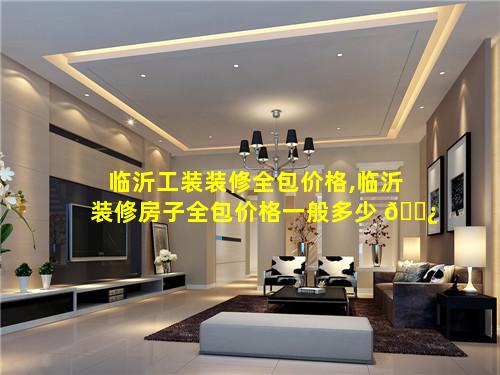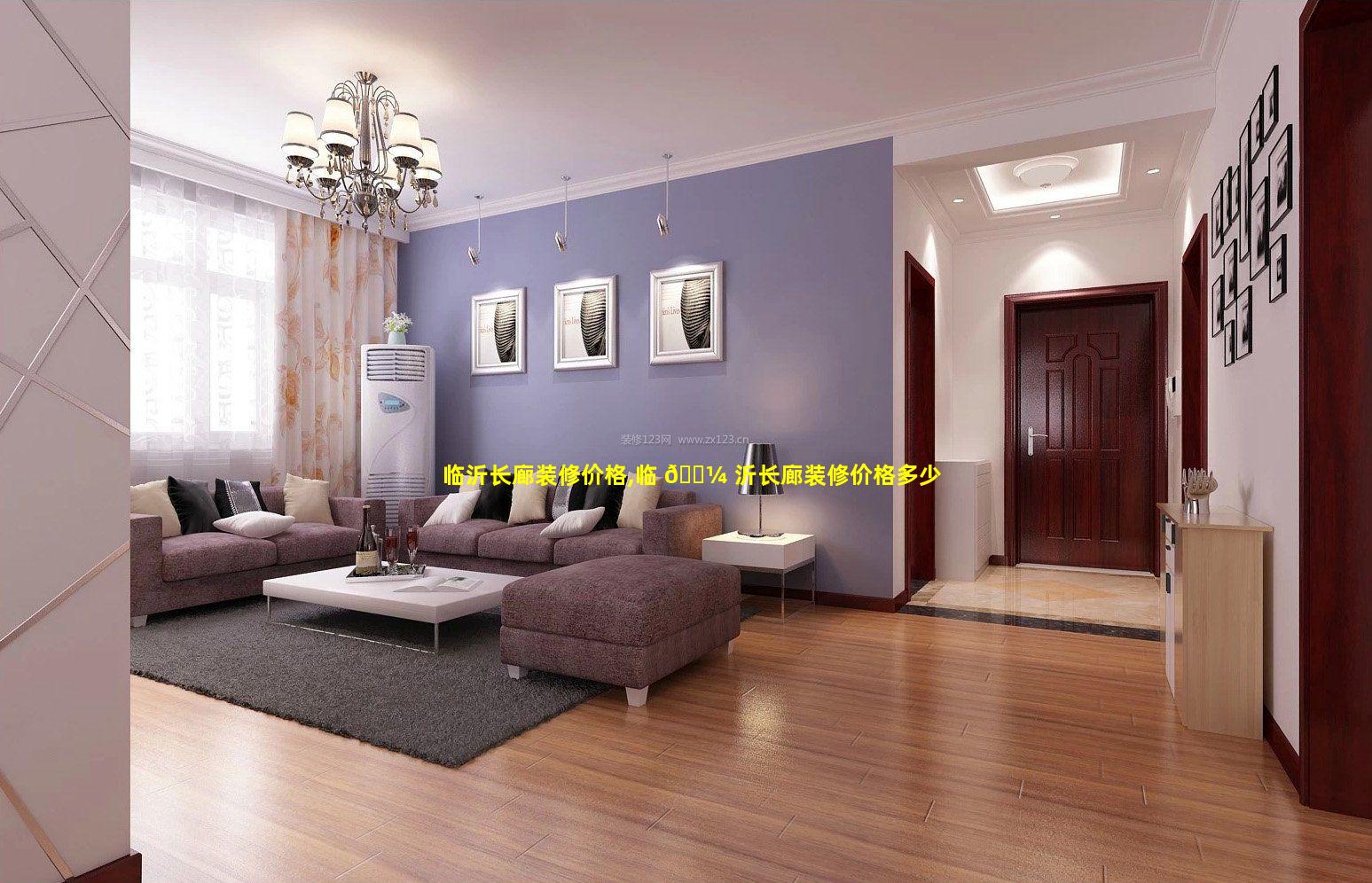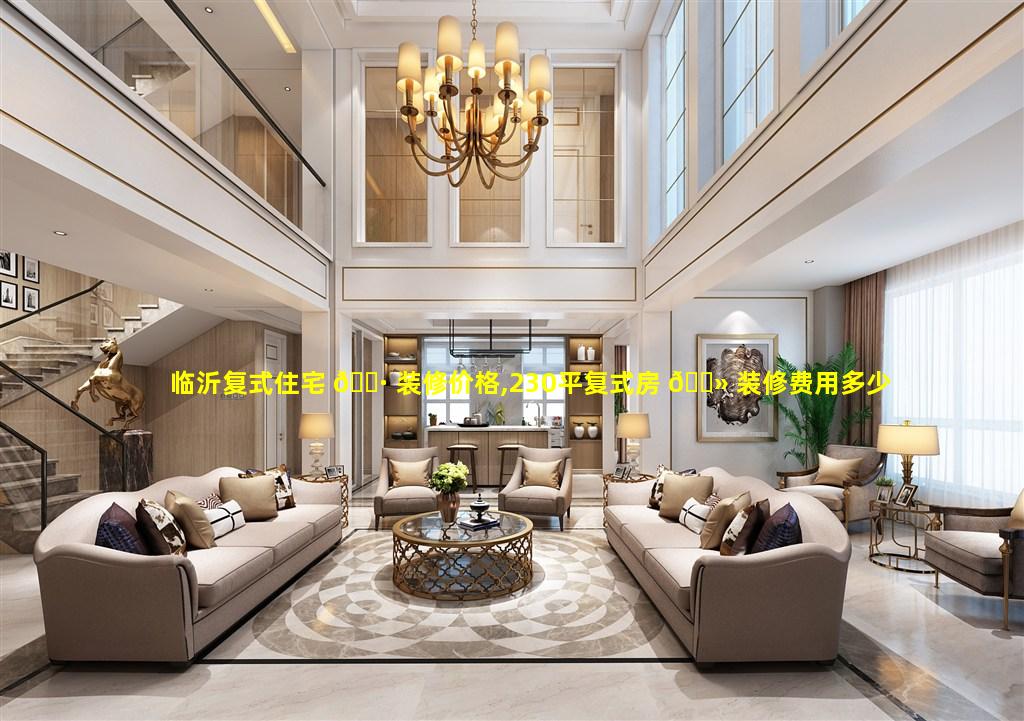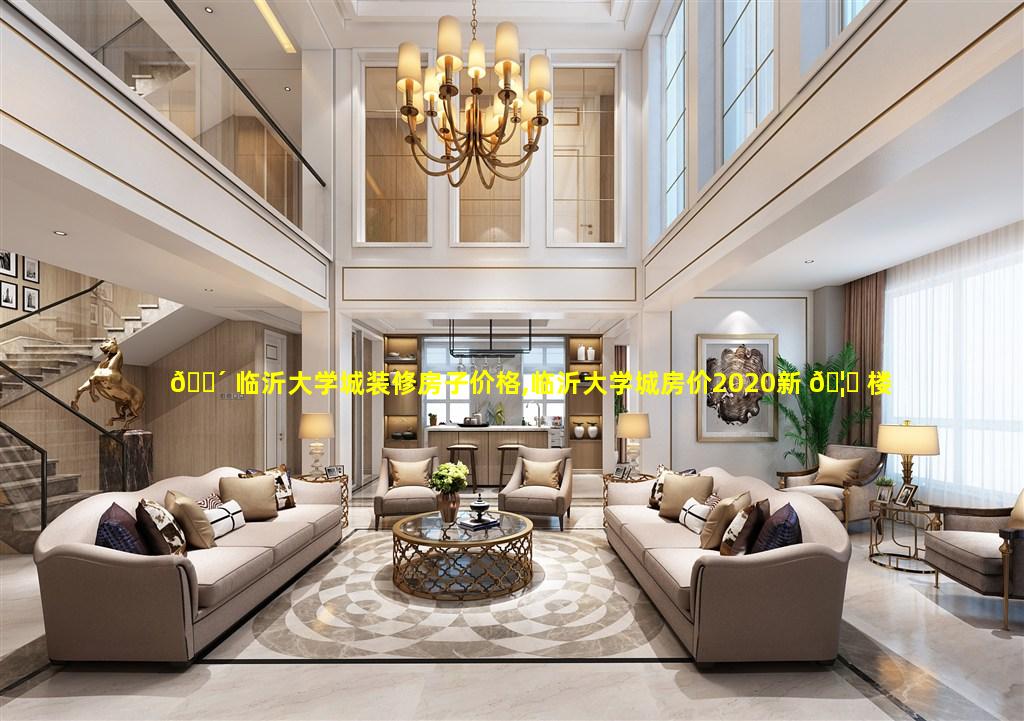临沂日式庭院茶室装修价格,临沂日式庭院茶室装修价格多少
- 作者: 祈燕绥
- 发布时间:2024-06-28
1、临沂日式庭院茶室装修价格
临沂日式庭院茶室装修的价格取决于多个因素,包括:
1. 茶室面积和布局:面积越大、布局越复杂,价格越高。
2. 材料选择:天然材料(如木材、石材)比合成材料更昂贵。
3. 工艺水平:经验丰富的工匠收取的费用高于新手。
4. 定制设计:定制设计通常比标准设计更昂贵。
5. 装饰元素:灯笼、壁画和绿植等装饰元素会影响总成本。
6. 地区因素:不同地区的人工和材料成本可能有所不同。
以下是临沂日式庭院茶室装修的估计价格范围:
经济型茶室:每平方米 1,5002,500 元
中档茶室:每平方米 2,5004,000 元
高档茶室:每平方米 4,000 元以上
例如:一个面积为 20 平方米的中档茶室,装修成本约为 50,00080,000 元。
请注意,这些价格仅为预估,实际价格可能会因具体情况而异。建议咨询当地装修公司或承包商以获取更准确的报价。
2、临沂日式庭院茶室装修价格多少
临沂日式庭院茶室装修价格受多种因素影响,例如面积、材料、工艺、设计等。根据不同的情况,价格可能会有一定差异。
面积:茶室面积越大,装修成本越高。
材料:日式庭院茶室通常使用天然材料,如木材、竹子、石材等。这些材料成本较高。
工艺:精湛的工艺需要熟练的工匠,这也会增加成本。
设计:复杂的设计需要更多的规划和材料,从而导致更高的成本。
大致价格范围:
经济型:每平方米 元
中等:每平方米 元
高档:每平方米 元以上
其他影响因素:
地段:市中心或风景区等地段装修成本较高。
季节:旺季装修成本高。
公司资质:知名度高、资质齐全的公司装修成本较高。
建议:
在装修前多咨询几家装修公司,比较报价和方案。
明确自己的预算和需求,避免不必要的开支。
选择信誉良好的装修公司,确保工程质量。
3、临沂日式庭院茶室装修价格表
| 项目 | 单价 | 备注 |
||||
| 基础装修 | 元/平方米 | 包括地面、墙面、吊顶等基础装修 |
| 木结构 | 元/平方米 | 包括梁、柱、桁架等木结构 |
| 瓦片 | 200500 元/平方米 | 包括日本瓦、国产瓦等 |
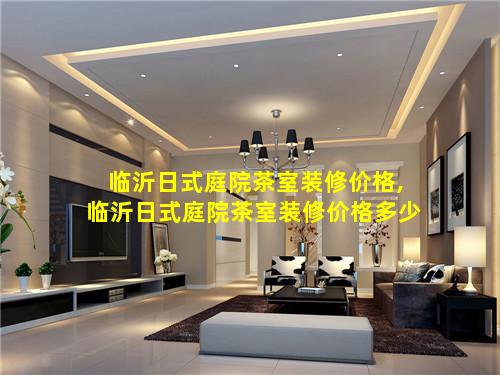
| 门窗 | 元/套 | 包括木质门窗、障子纸门窗等 |
| 榻榻米 | 元/平方米 | 包括榻榻米垫、地板骨架等 |
| 茶室家具 | 元/套 | 包括茶桌、茶几、茶具等 |
| 园林景观 | 元/平方米 | 包括小桥流水、花草树木等 |
| 布置 | 元/平方米 | 包括挂画、摆件、灯具等 |
注意事项:
以上价格仅供参考,实际价格可能因具体材料、工艺、规模等因素而异。
建议咨询当地装修公司或设计师,获取准确报价。
日式庭院茶室装修风格较有讲究,建议聘请专业设计师指导施工。
4、日式茶室装修效果图
Add bamboo into the design. Bamboo is used in Japanese culture for centuries because of its strength and beauty. It is most commonly used in a tea room’s architecture, for example, as pillars or ceiling beams. Bamboo is also found in tea room accessories, such as vases and tea whisks.
Add Japanese artwork to the design. Japanese art is characterized by its simplicity, naturalism, and asymmetry. Tea rooms often have one or more pieces of Japanese art on display, such as a painting, a calligraphy scroll, or a flower arrangement.
Create a serene atmosphere. Japanese tea rooms are designed to be peaceful and relaxing spaces for contemplation. Make sure your tea room has a quiet and tranquil atmosphere by avoiding loud noises and distractions.
Ensure proper ventilation. Tea rooms are typically small spaces and can get stuffy if not properly ventilated. Make sure your tea room has good ventilation, including windows or a door that can be opened to allow fresh air to circulate.
Embrace simplicity. Japanese tea rooms are characterized by their simplicity and lack of ornamentation. Do not overload your tea room with too many decorations or objects. Instead, focus on creating a space that is clean, simple, and serene.

